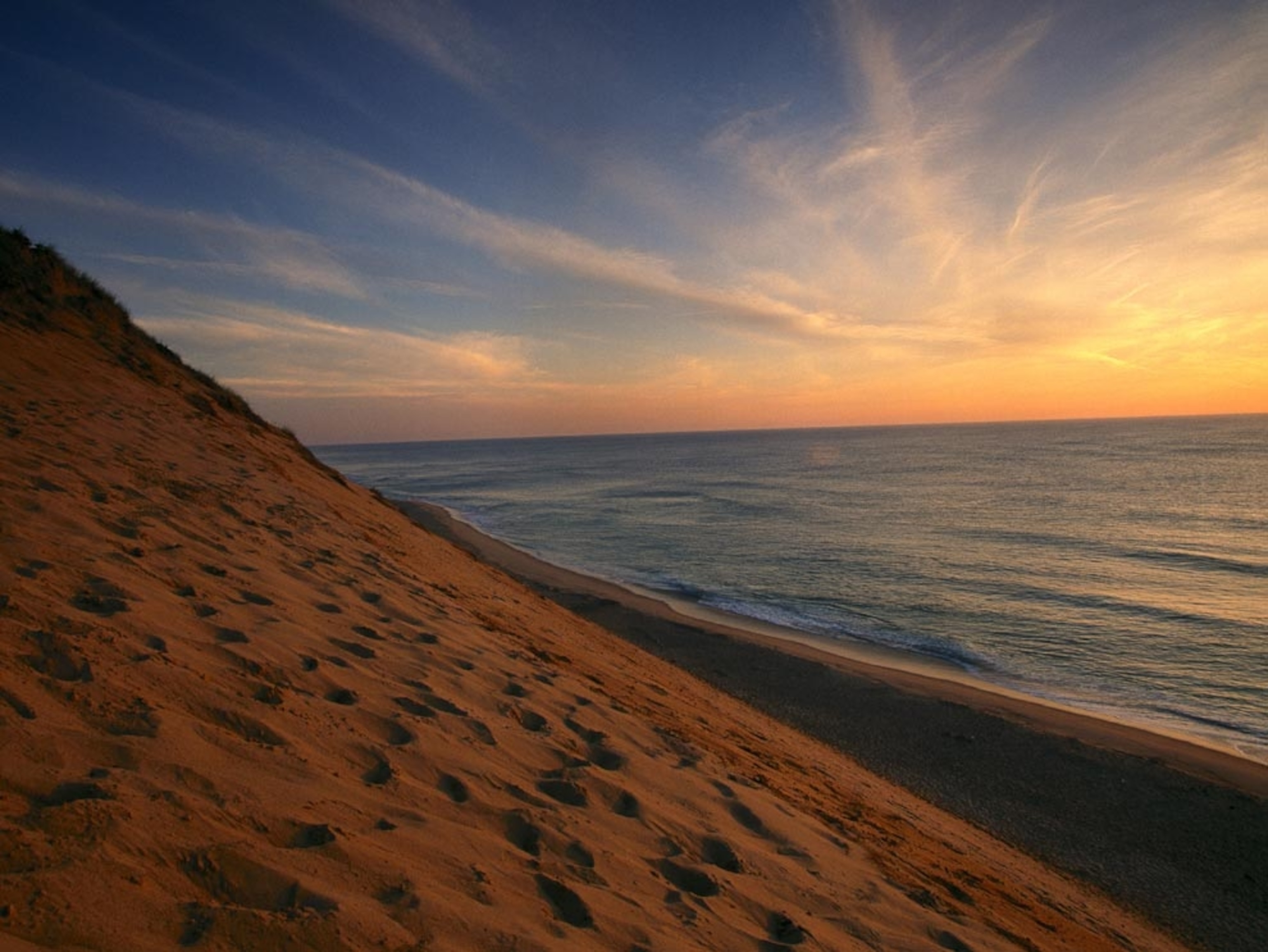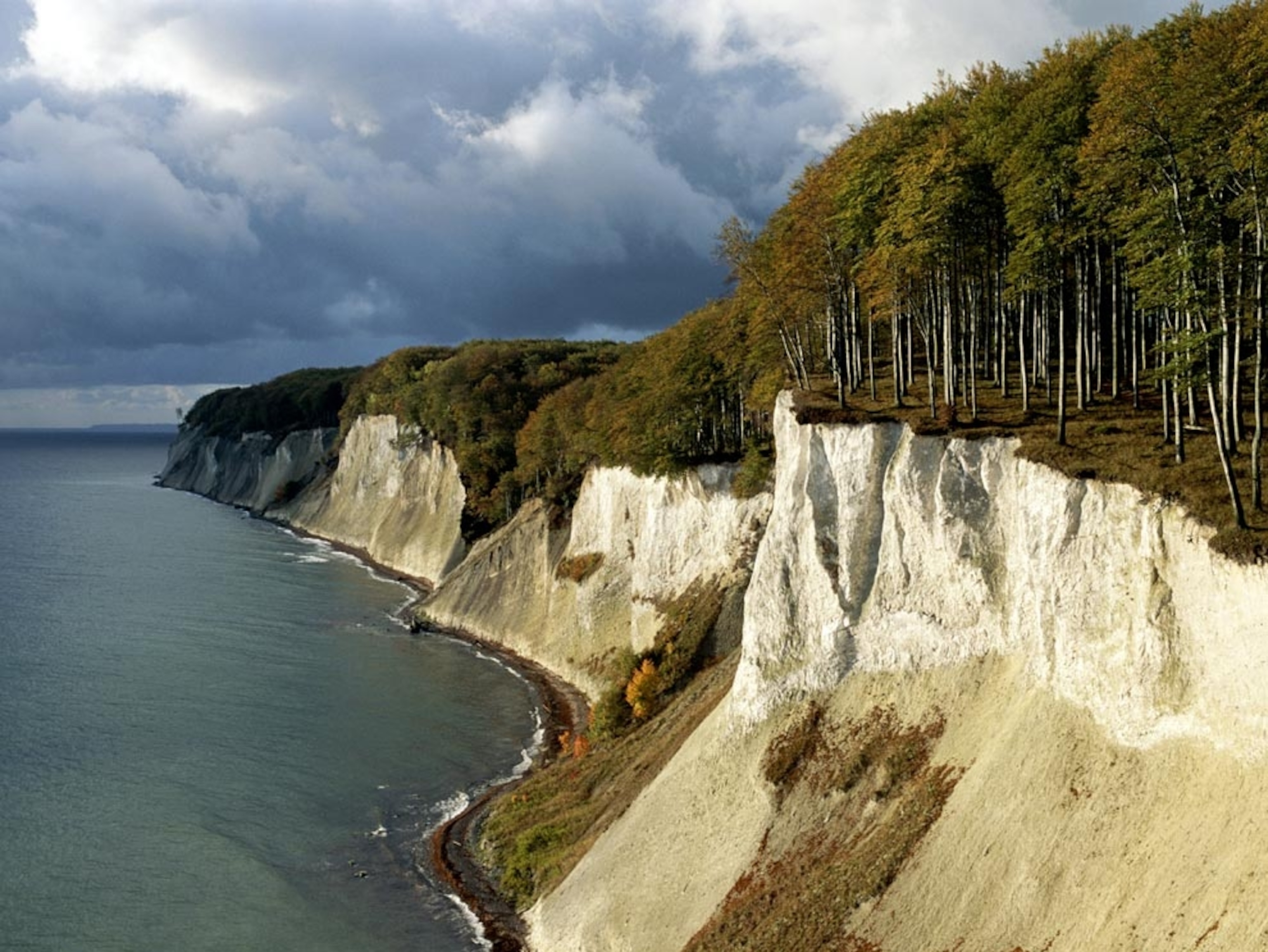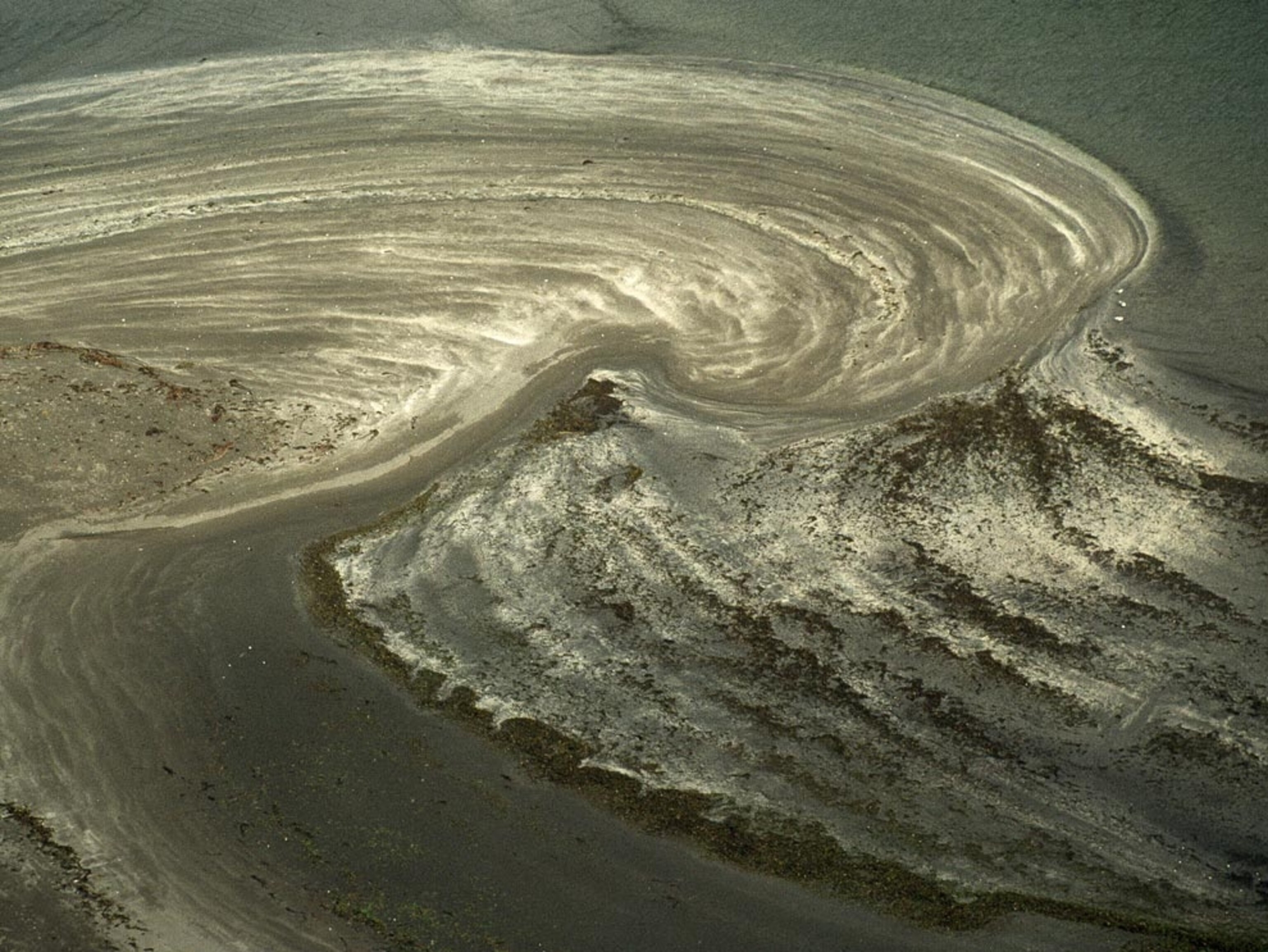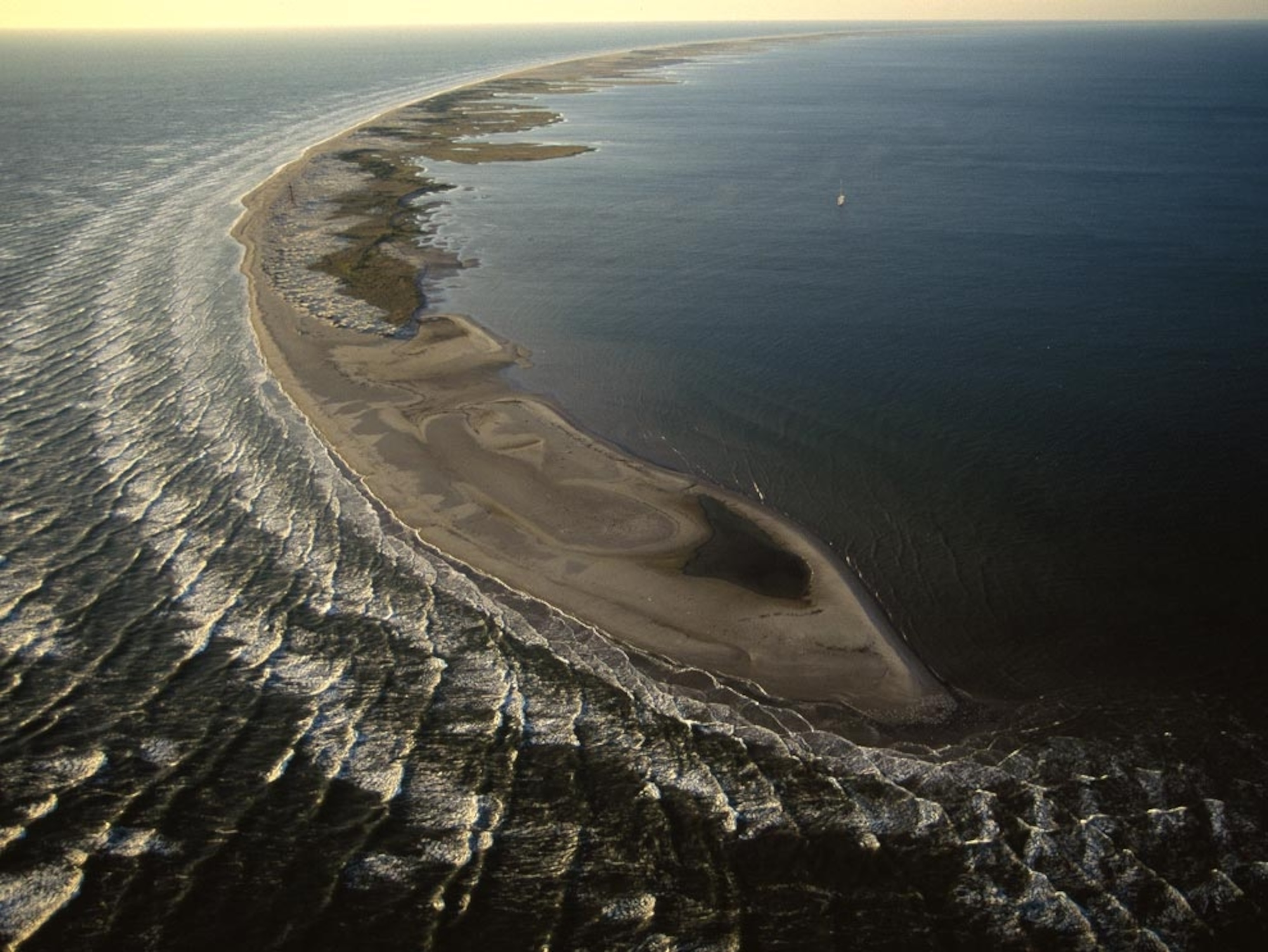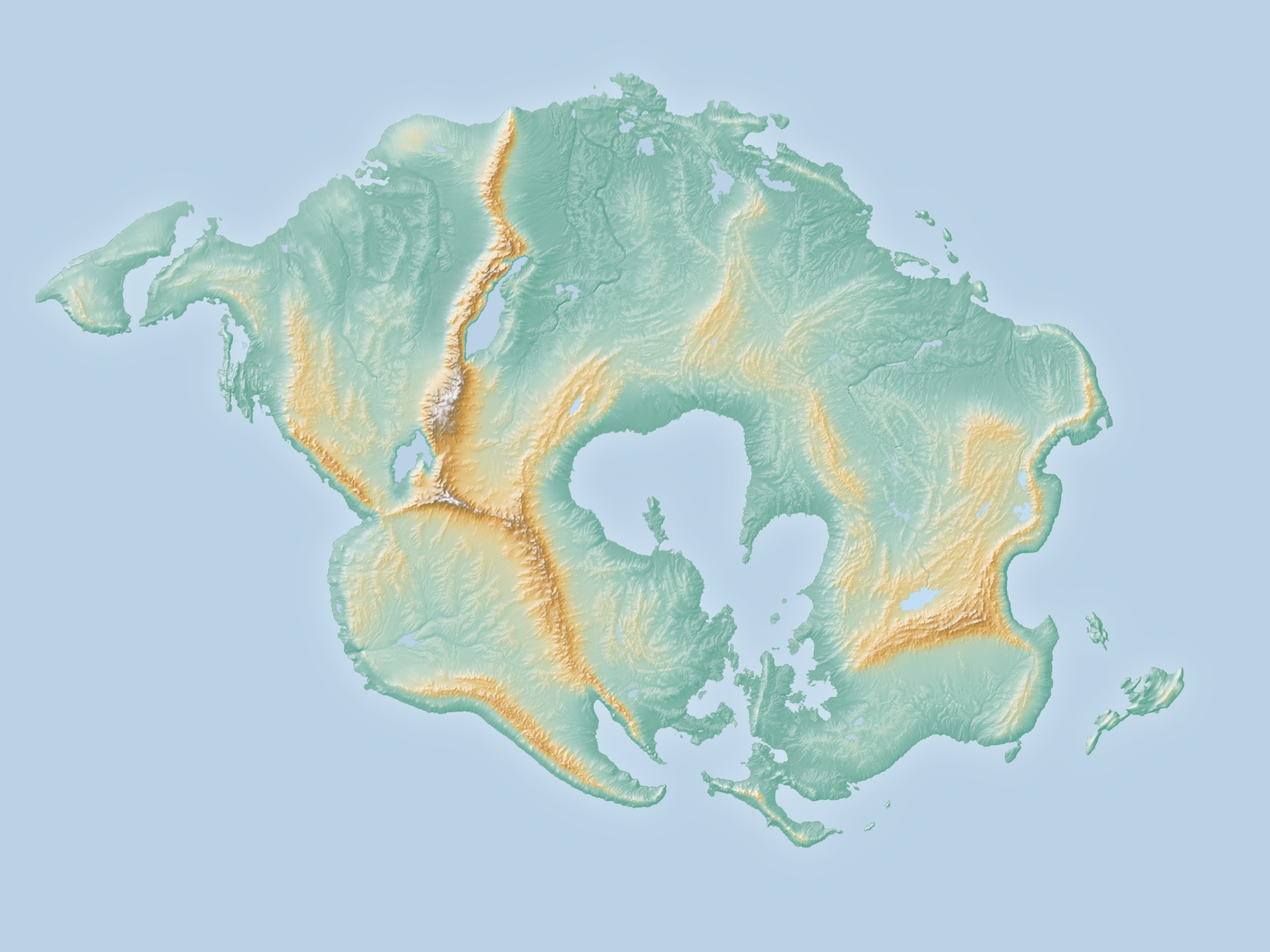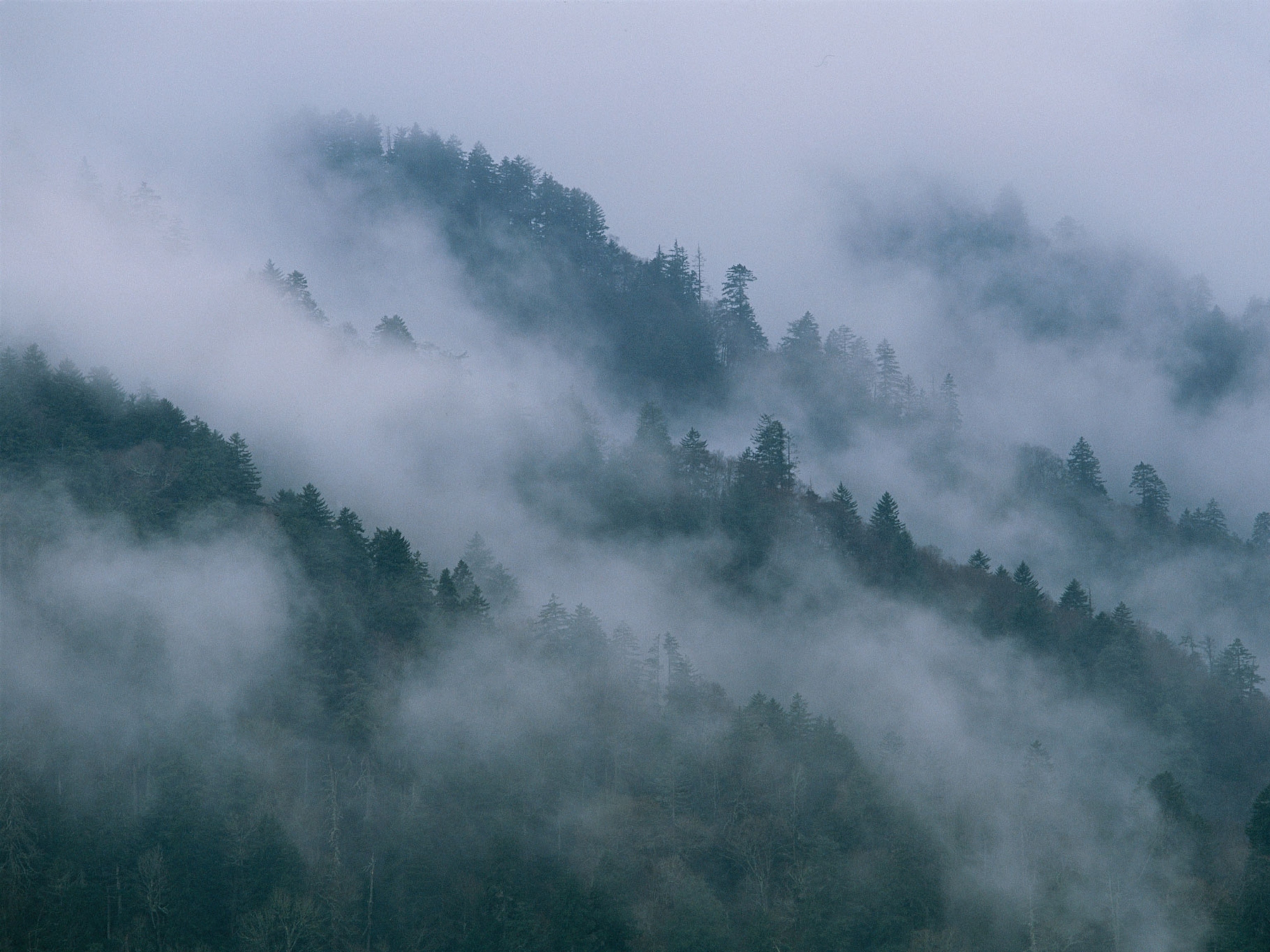The coastline, that narrow strip of land that borders the sea along a continent or an island, is an ideal place to see a constantly-changing landscape. The nonstop wave action there means nothing ever stays the same. Breakers gnaw away at cliffs, shift sand to and fro, breach barriers, build walls, and sculpt bays. Even the gentlest of ripples constantly reshape coastlines in teeny, tiny ways—a few grains of sand at a time.
Glaciers, rivers, and streams deliver a steady supply of building material for nature's unending job. And not to be outdone, the tectonic forces that move giant pieces of Earth's crust will periodically bump the bedrock and squeeze fresh lava out.
Formed by the Ocean
Waves are the busiest sculptors on the coastline. Built up by winds far out at sea, they unleash their energy and go to work when they break on the shore. The upward rush of water, called swash, delivers sand and gravel to the beach. On the return, backwash carries sand and gravel out to sea. Since waves usually hit the beach from one side or the other but always return at a right angle to the beach, the motion moves sand and gravel along the shore.
The ebb and flow of the tides is an added partner in the dance of breaking waves and shifting sands, helping to sculpt an array of landforms for temporary display, such as narrow spits, barrier islands, and lofty dunes. The delivery of sediment from muddy rivers and streams keeps the coastal construction on the go.
Along much of the coastline, pounding waves slowly chip away the base of cliffs, forcing chunks of rock to crumble and slide into the sea. Where a band of solid rock gives way, waves claw at weaker clays behind to sculpt a cove or a bay. Headlands form where the coastline gives on either side, leaving a lone rocky mass to get hammered by the sea.
